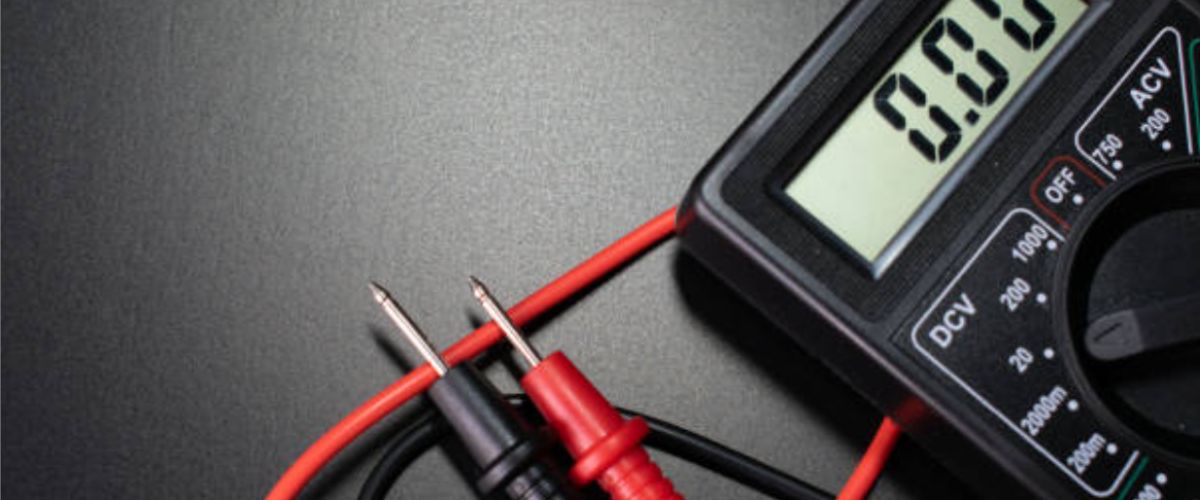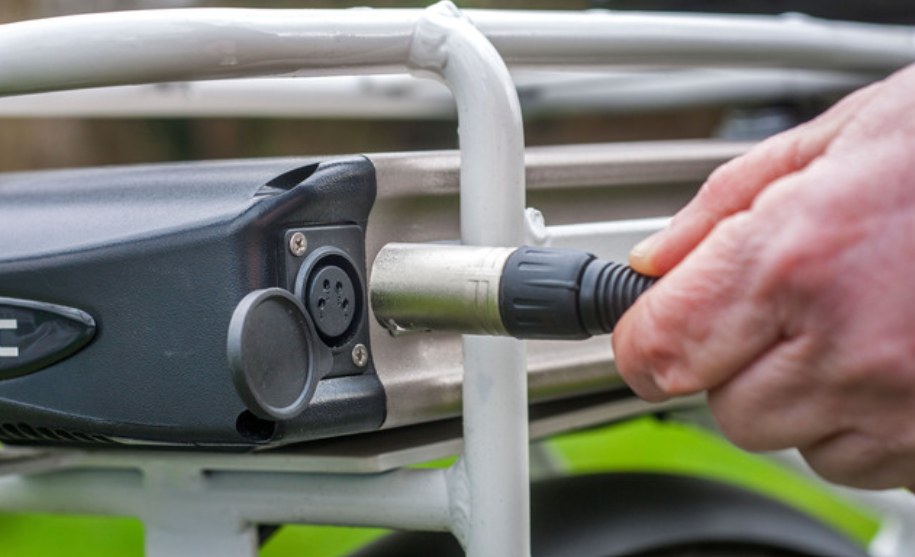Sell my battery
Professional access
By :
Tom
Related posts
-
How long does it take to recharge an electric bike battery?
Published : 2024-02-01 08:22:03 -
How to remove the battery from an electric bike: a practical guide
Published : 2024-02-16 08:57:28 -
Everything you need to know about the life of an electric bike battery
Published : 2022-01-21 09:30:10



















